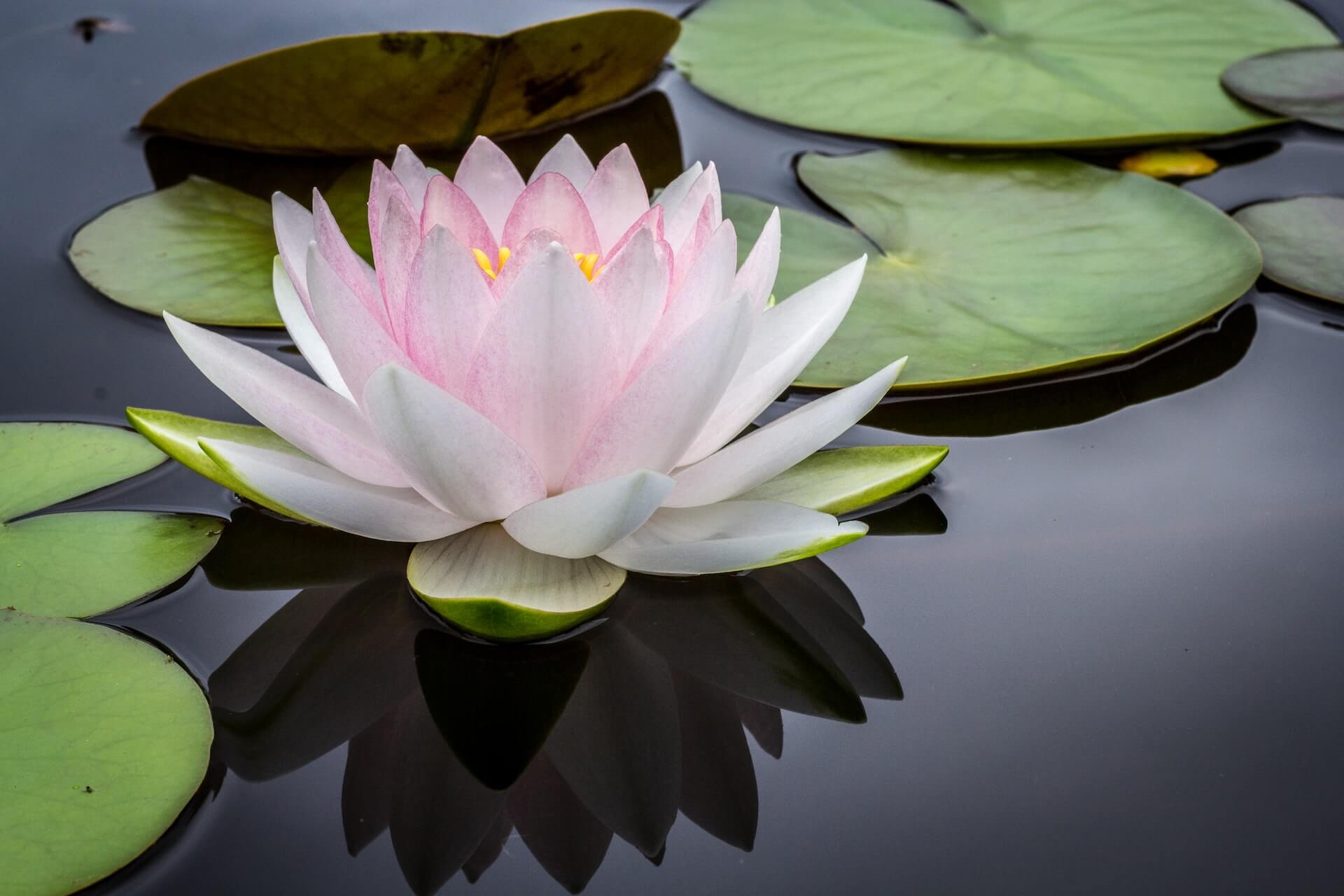There are some things in life that we can’t change – our gender, for example. And then there are other things that we can change, but only if we’re willing to put in the hard work – like our weight or amount of muscle tone. But what about our temperature preferences? Are they something that we’re born with, or something that we develop over time? In this blog post, we’ll explore the science of hot and cold and what it says about us!
Cold-blooded animals are animals whose body temperature is regulated by the environment. This means that they can’t generate their own heat, and so need to be in an environment that’s warm enough for them to survive. Humans, on the other hand, are warm-blooded – meaning that our bodies create their own heat through metabolism. That’s why some people are always cold, while others can wear shorts in the snow!
People who feel colder than normal may have low iron levels, since iron is necessary for red blood cell production which helps regulate body temperature. If you’re feeling consistently chilly or hot despite your surrounding environment, it might be time to get checked out by a doctor.
If you’re someone who doesn’t like feeling too hot or cold, you may be able to modify your temperature preference with some effort and practice. One way you can do this is through meditation, by focusing on the sensations in your body and controlling them through breathing exercises. There have been real-life situations where someone was stranded in below-zero temperatures and started to meditate, only to find themselves sweating within 15 minutes. With regular practice, you may be able to find a balance that helps you feel more comfortable during your daily life.
Ultimately, we all have our own individual preferences when it comes to how comfortable we are at any given temperature. But no matter what yours are, understanding the science of hot and cold can help us make more informed decisions about regulating our temperatures – inside and out!
Hopefully, this blog post has given you an insight into how we regulate our internal temperatures and what it means for us as individuals. Whether you’re someone who’s always feeling cold or someone who loves to go out in the snow in shorts, understanding why that is can help make your life a little easier! So next time you pull on a sweater or reach for the air conditioner, remember that hot and cold might not just be in your head – they could very well be hard-wired into your biology.
The science of temperature is fascinating and ever-evolving – so stay tuned to learn more about its influence on our lives! In the meantime, take care of yourself and find the perfect temperature balance for you. Good luck and stay warm (or cool!)!




